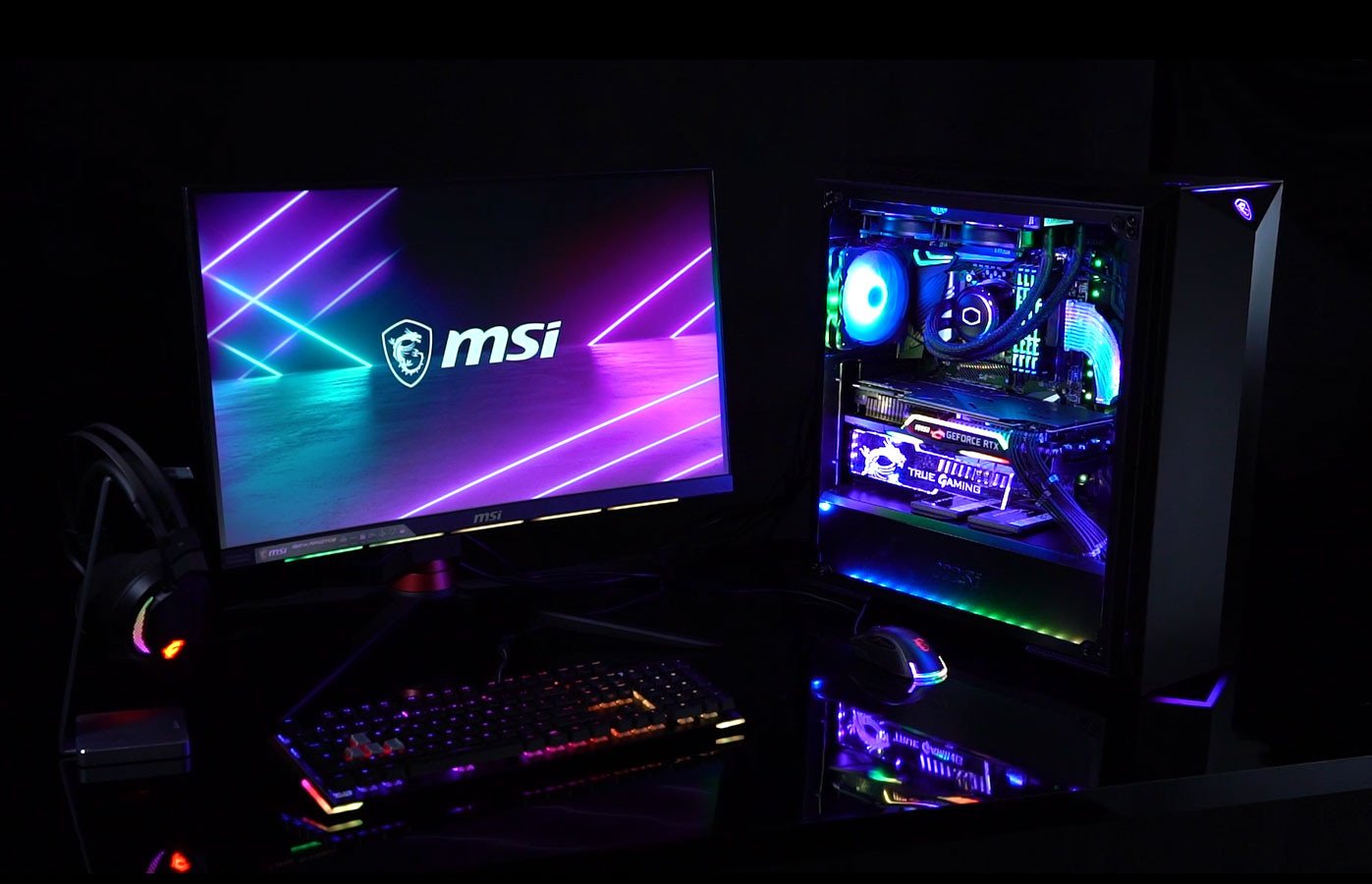Cybersecurity Software: Defending Against Modern Threats
As digital threats grow more sophisticated, cybersecurity software is evolving rapidly in 2025. Businesses face constant risks from ransomware, phishing, and data breaches, making advanced security solutions essential.

AI-driven platforms like CrowdStrike Falcon, SentinelOne, and Microsoft Defender for Cloud now lead the cybersecurity space. These tools use machine learning to monitor systems in real time, detect suspicious activity, and automatically block attacks. Instead of waiting for human intervention, modern cybersecurity software can predict potential threats and respond instantly.
One major shift is the rise of Zero Trust Architecture (ZTA), where no user or device is automatically trusted. Every action is verified to ensure maximum security. This approach is becoming standard, especially in remote work environments where employees connect from multiple devices and locations.
For individuals, privacy-focused tools like Brave Browser and Proton VPN are gaining popularity. Users are increasingly aware of how their data is collected and shared, pushing demand for software that protects personal information.
With regulations like GDPR and CCPA tightening data protection laws, businesses must invest in cybersecurity software or risk fines and reputational damage. Cybersecurity is no longer optional — it’s a fundamental part of any digital operation.
In the future, expect smarter, more autonomous cybersecurity software that stays ahead of hackers and adapts to new threats in real time.
seo.call-to-action.title
seo.call-to-action.money-back
seo.call-to-action.message


